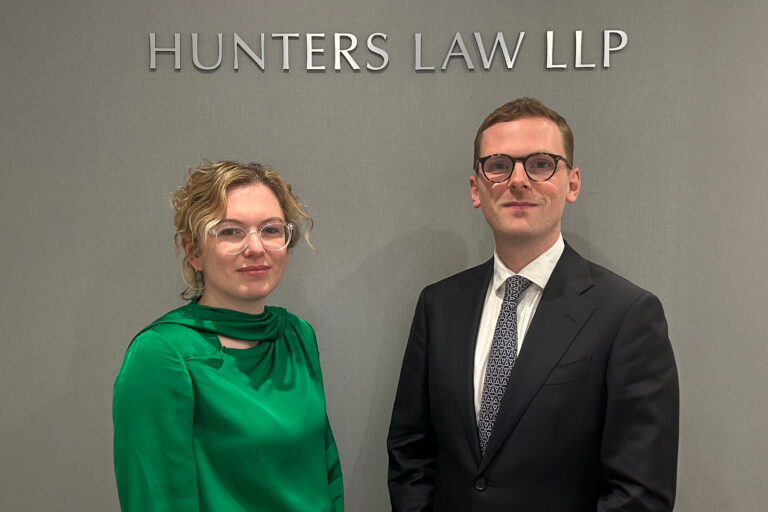Daniel Watson and Matthew Yates discuss the potential dangers of e-signatures in The Times

Forging ahead? The potential dangers of e?signatures
E-signatures are effectively equivalent to written signatures on many legal documents, according to the Law Commission in its recent consultation paper. So can the mere typing of a name or an email header be treated as a signature? And what implications does this have in turn for fraud?
Giving equal force to e-signatures is obviously sensible from a business perspective. It will allow contracts and other commercial documents to be signed and circulated much more quickly, particularly in cross-border matters where signatories are in different countries. However, there is arguably no effective control over the use of electronic signatures, and no way to identify an authentic e-signature unlike manuscript signatures, which are unique.
The commission’s view that an electronic signature is enforceable if an authenticating intention can be demonstrated may raise evidential issues of intention where there is any dispute as to the authenticity of a signature. The putative efficiency of e-signatures could therefore be questioned, as the room for dispute has the potential to increase, and e-signatures could therefore prove to be more burdensome than intended.
The consultation paper recognises that e-signatures cannot be used in situations where the law expressly provides that a signature must be witnessed or handwritten, for example in the case of wills and lasting powers of attorney (LPAs). It is conceivable, however, that the paper will increase the likelihood of a change in the law to allow LPAs and wills to be signed and witnessed electronically in the future.
This could lead to difficulties in relation to LPAs, which must be signed and witnessed in a specific order to be enforceable. Evidential difficulties could arise in attempting to demonstrate that this order was followed if e-signatures were used.
E-signatures may also raise further scope for fraud and abuse in the context of wills and LPAs, where these risks are already prevalent (particularly where vulnerable or elderly individuals are involved).
The obvious benefits of e-signatures should be balanced against the possible evidential burdens and the need to safeguard against fraud and abuse. It is therefore reassuring that the Law Commission has recommended that an industry working group be set up to produce guidance on the practical issues raised. If the use of e-signatures is rigorously scrutinised and controlled to safeguard against fraud and abuse, the problems highlighted are not insurmountable.
This article was originally published in The Times and can be accessed here, behind a paywall.





